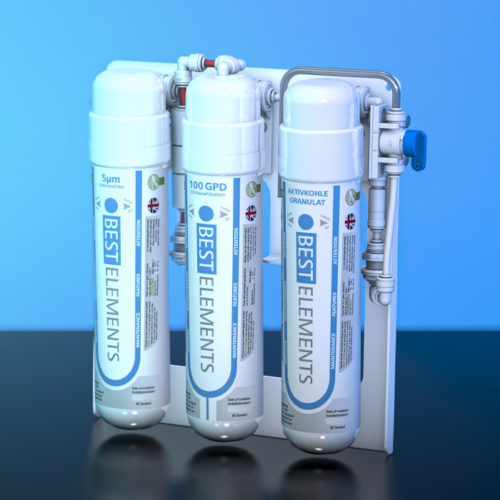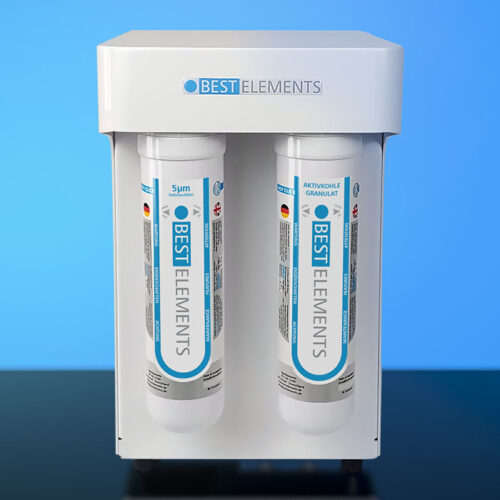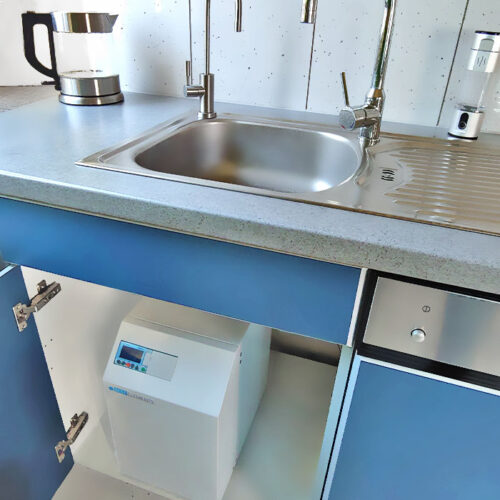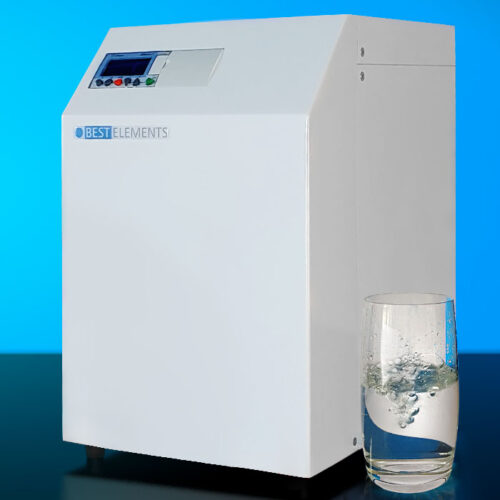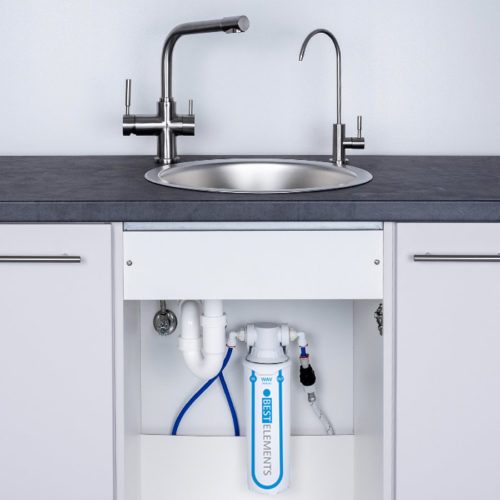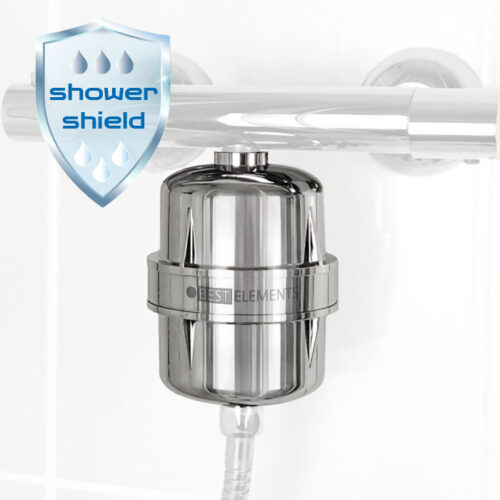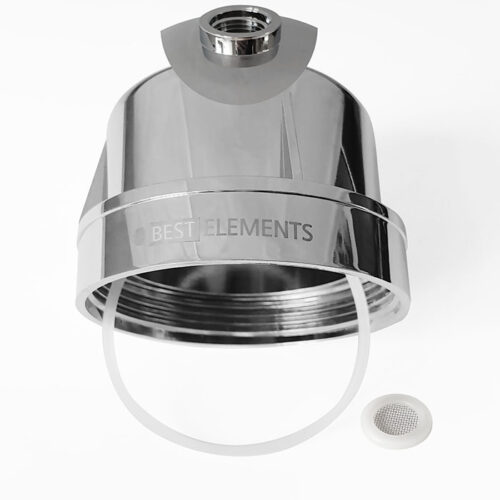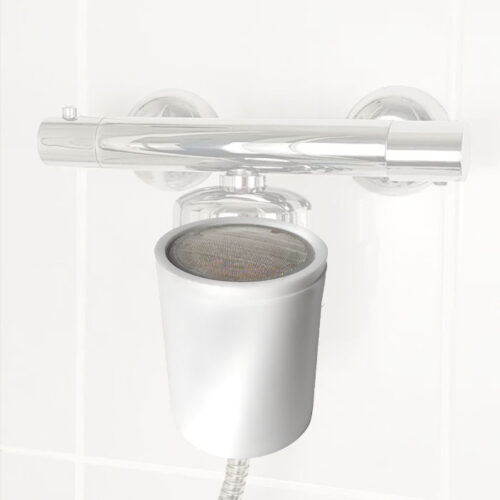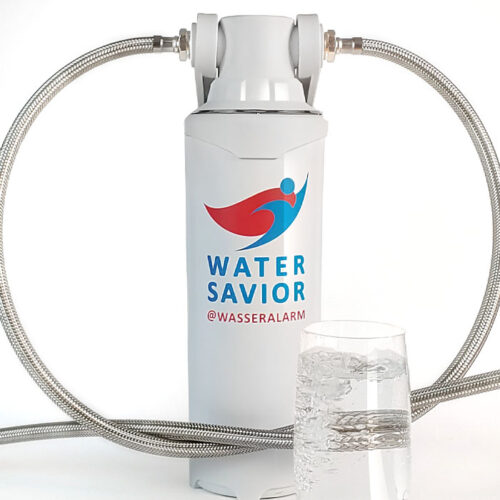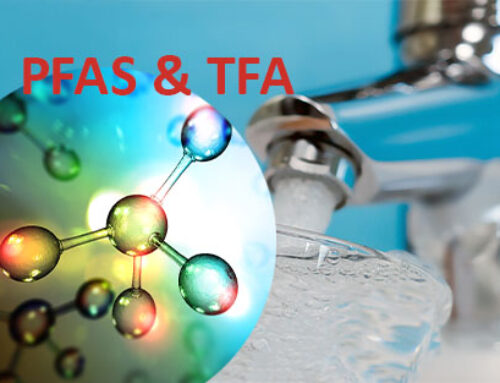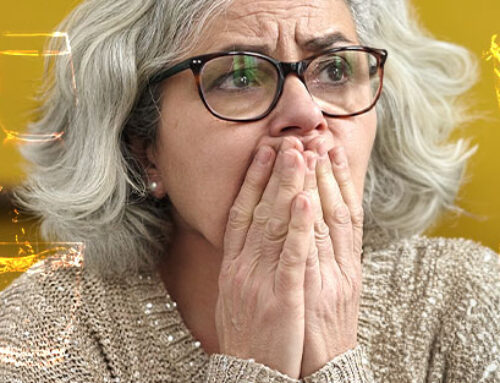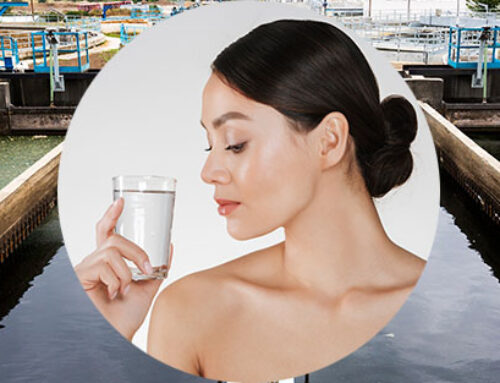Study by the Medical University of Vienna: The smallest parts of micro- and nanoplastics get into the body through food and drinking water, and even into the brain. The blood-brain barrier does not present an obstacle to these tiny little contaminants. This barrier is normally intended to protect the brain from the ingress of pathogens and toxins, but in the case of micro- and nanoplastics it does not provide any protection.
While the larger parts of microplastics (0.001 to 5.0mm) are even visible to the naked eye, nanoplastics below 0.001mm are no longer visible to us. The impurities enter our bodies through the food chain and the air. Uptake via drinking water plays a major role. With the consumption of 1.5 – 2 liters of water per day from plastic bottles, around 90,000 plastic particles are ingested per year. Depending on the region, tap water absorbs around 40,000 plastic particles.
The personal conclusion for anyone who wants to avoid ingestion of microplastics in the body and long-term damage – with effects that have not yet been fully researched – is: avoid drinking water from PET bottles and filter tap water.
With the right filter technology and with the right water filter devices, drug residues, bacteria, PFAS and many other possible substances are also removed. A long-term solution for the whole family. For your health!

